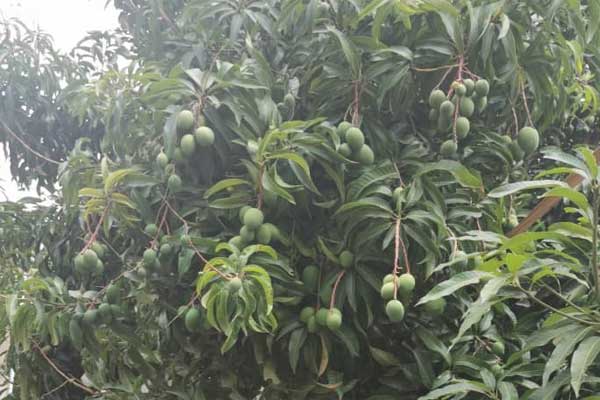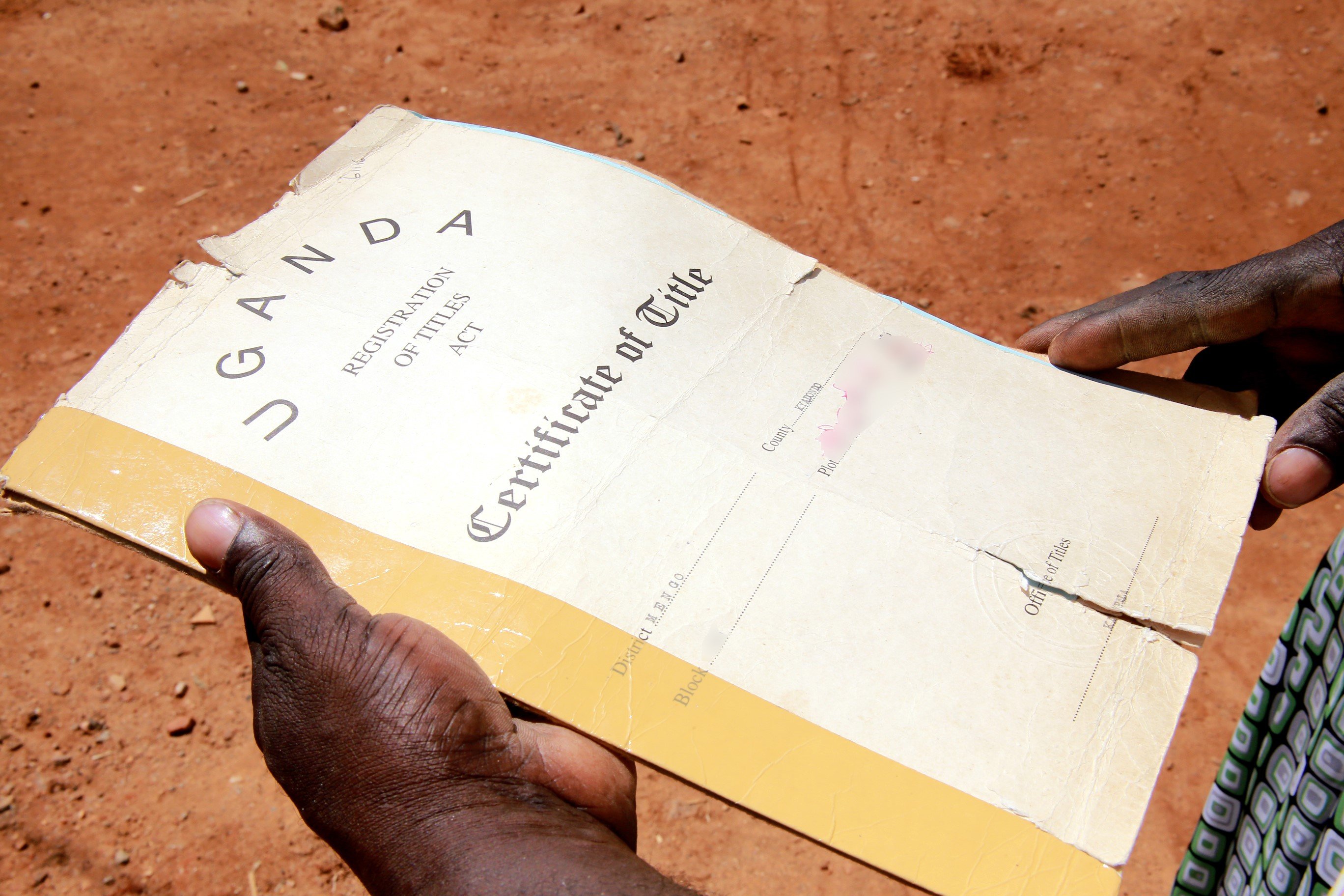How to boost city mango yields

What you need to know:
- Ask why, people will say: “I really don’t know what is wrong” or “That is how mangoes in Kampala are”; yet these mangoes can actually produce many juicy fruits.
Many homes in Kampala and other places have mango trees that flower profusely but their flowers dry up and trees hardly bear fruits.
Ask why, people will say: “I really don’t know what is wrong” or “That is how mangoes in Kampala are”; yet these mangoes can actually produce many juicy fruits.
What then, is the problem?
While a student at Makerere in the 1970s, Lumumba Hall had a mango tree whose canopy reached the verandah of our dining hall, and flowered profusely but produced just few fruits.
Then I noticed that whenever the mango flowered, it attracted hundreds of “Blue bottle” flies, interesting called Calliphora vomitoria, which moved incessantly from flowers to flowers.
Days later, white moulds would cover the flowers, and parts dropped off before the flower stalks darkened and dried up. In the end, only few stalks would bear some fruits most of which also dropped off leaving just a few that developed to maturity.
My hunch then was that the white mould growing on the mango flowers was a fungal disease called powdery mildew (Oidium mangiferee), and that the blue flies helped spread it. I did not test my theory while a researcher at Makerere only to later see the same problem on my mangoes in Mutungo.
Two months ago, a branch of my mango flowered and attracted many blue flies; its flower parts dropped off, and its flower stalks dried up just as I had seen in Lumumba. Days later, the rest of the tree started flowering profusely but this time I decided to act.
I bought a sachet of a broad acting fungicide “Topilite” (active ingredients thiophanate methyl+maneb), which is systemic and is translocated within plants. I mixed some with dichlorovos, an insecticide that is quickly broken down by plants, and sprayed the whole mango tree.
The fungicide protected mango flowers against attack by the powdery mildew, while the insecticide killed flies and prevented them from spreading the disease. I re-sprayed twice 14 days apart.
As seen from my mango, the results were dramatic. Flowers did not drop or dry up, and very many fruits formed and are developing rapidly. Of course a few fruits are still dropping because trees that fruit heavily naturally shed some fruits to ensure effective development of the rest.
The trial outcome is clear: in Kampala and other places where mangoes flower profusely but bear few fruits, mangoes sprayed with fungicides at flowering are effectively protected from powdery mildew attack and will produce many gorgeous fruits. Just try and tell me your experience.
Prof Morris Ogenga-Latigo
Farmer/Leader of Opposition 8th Parliament.
[email protected]




